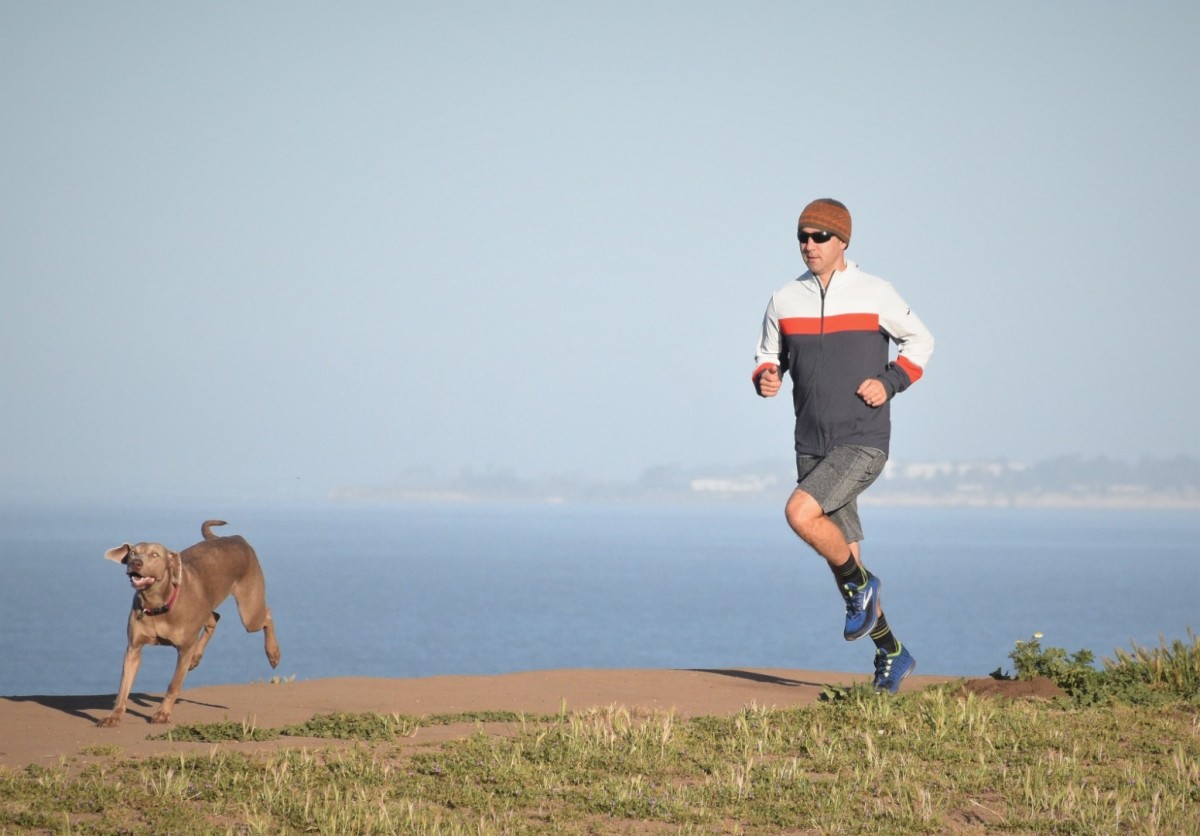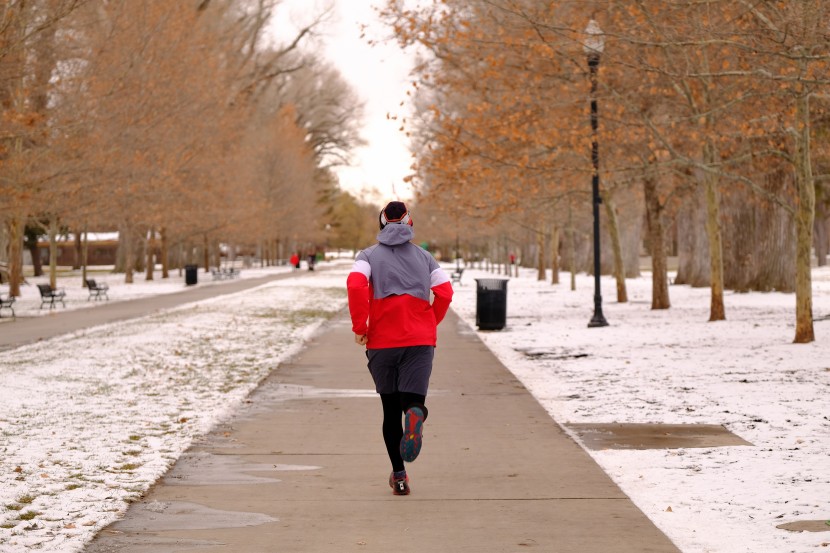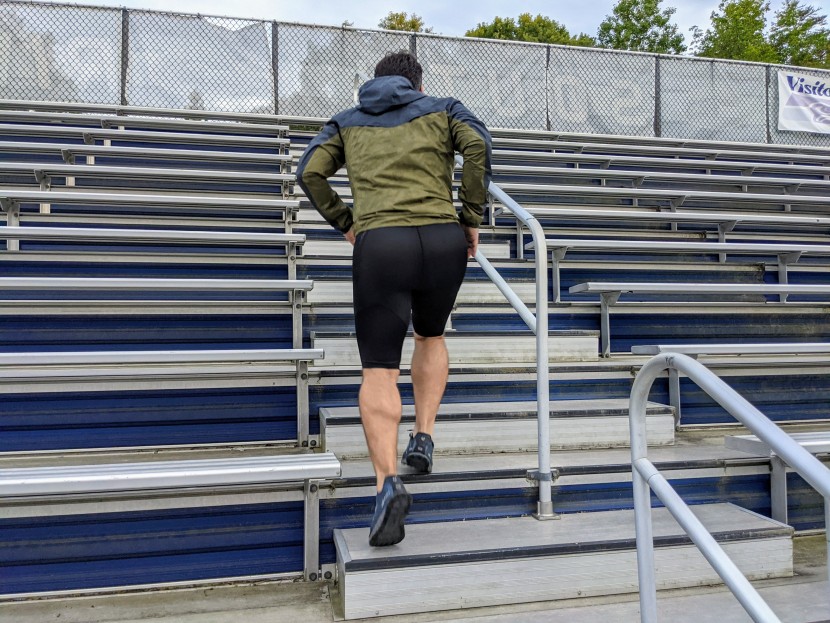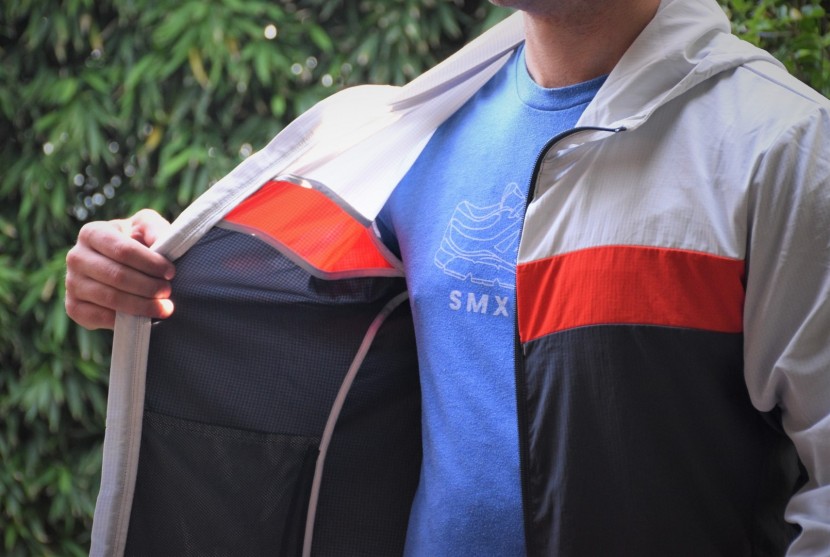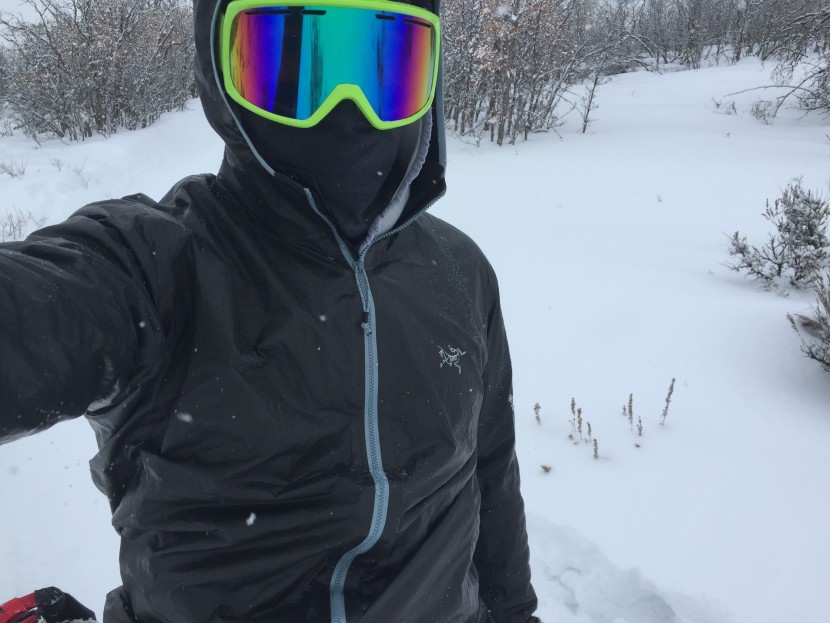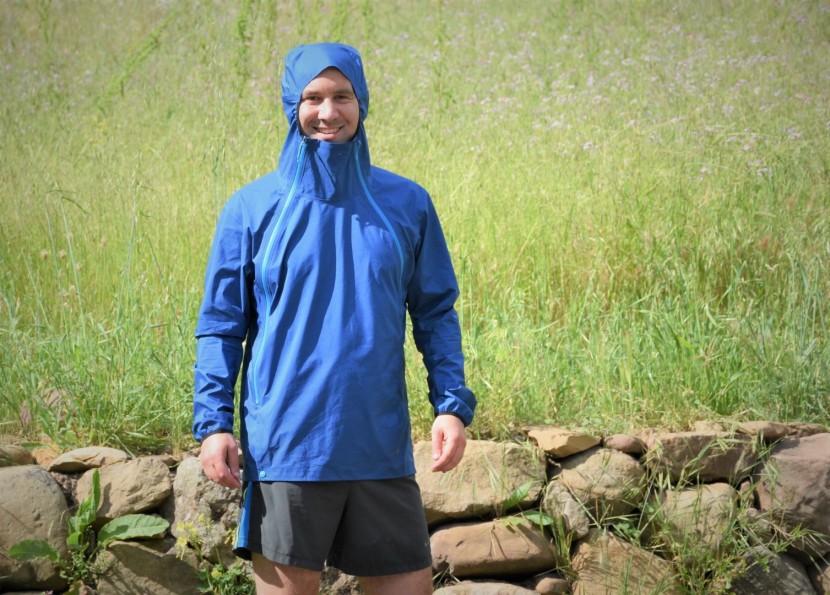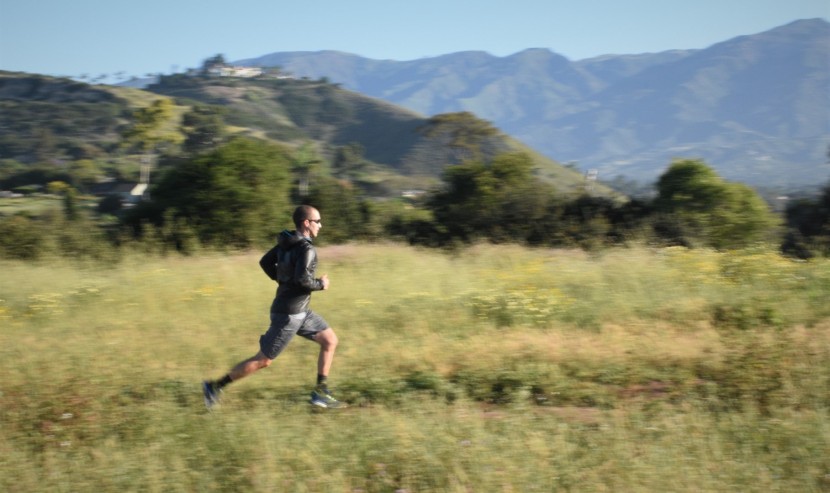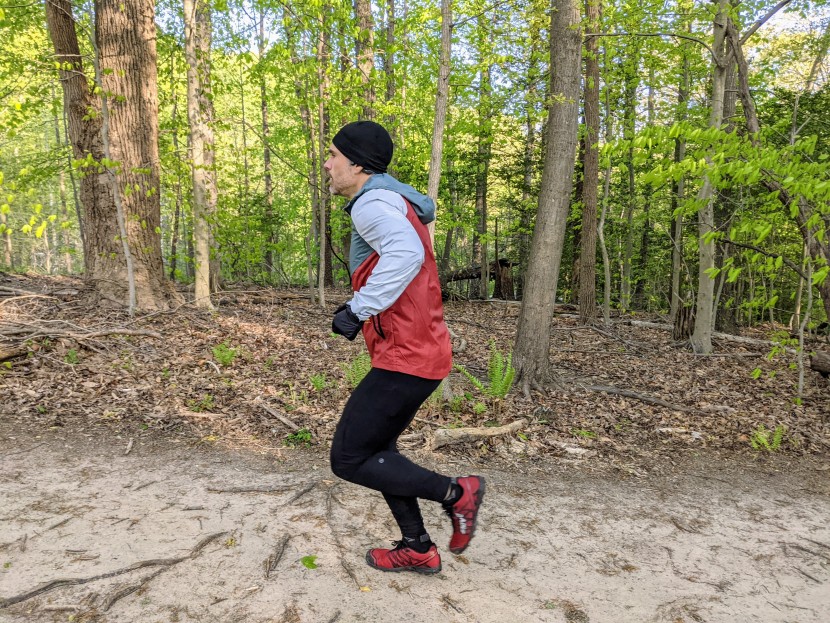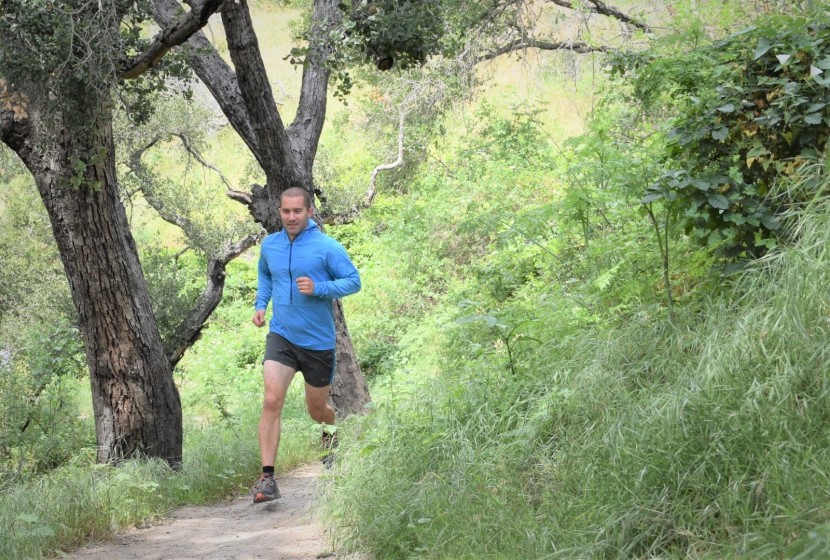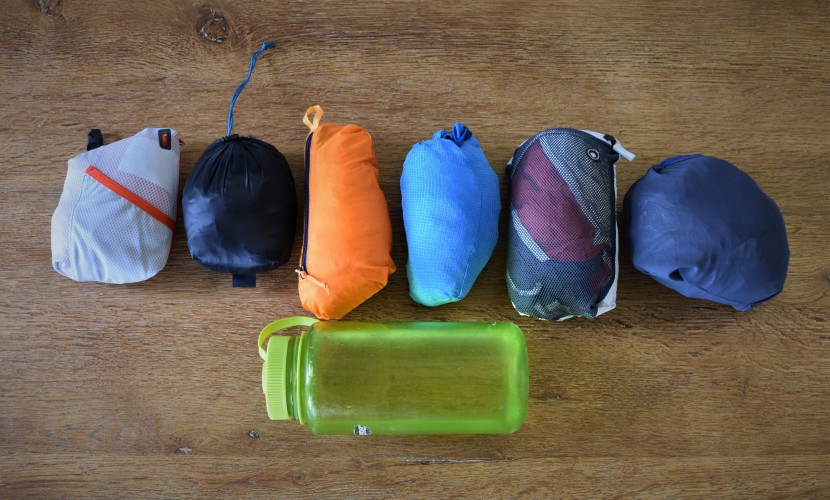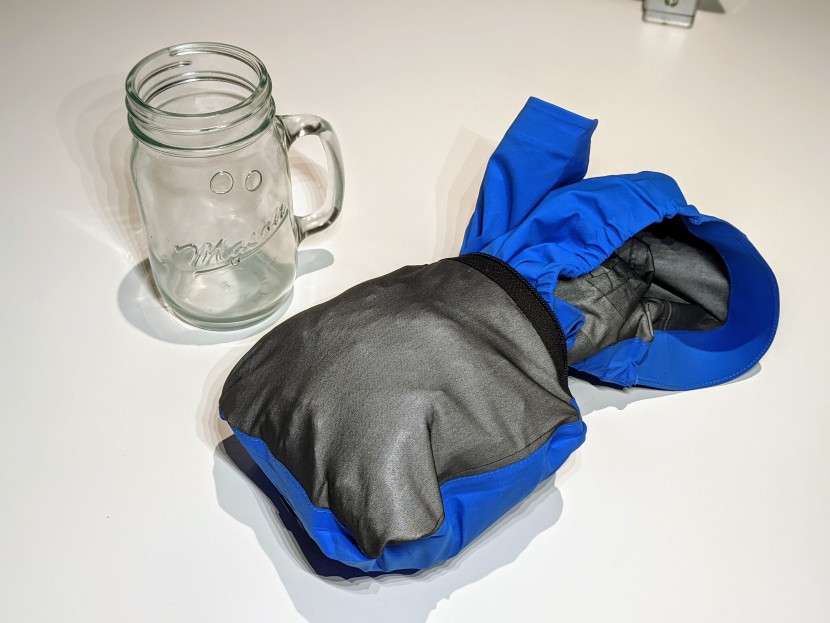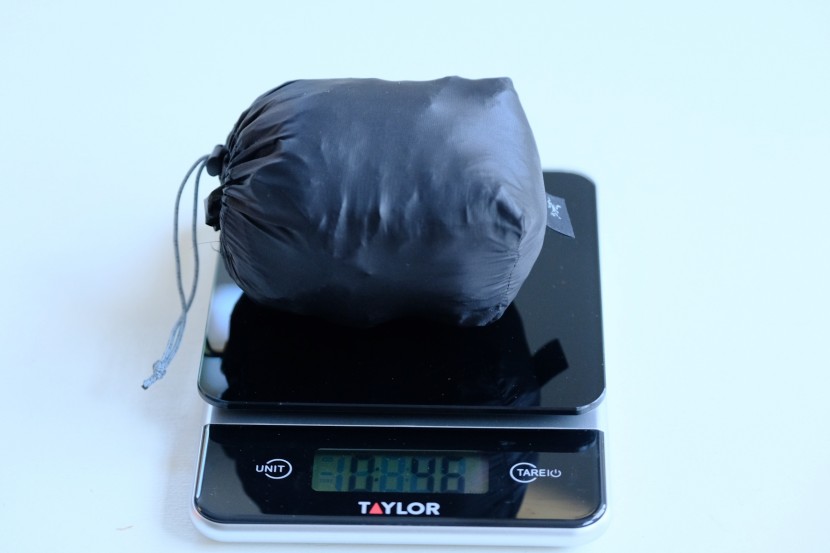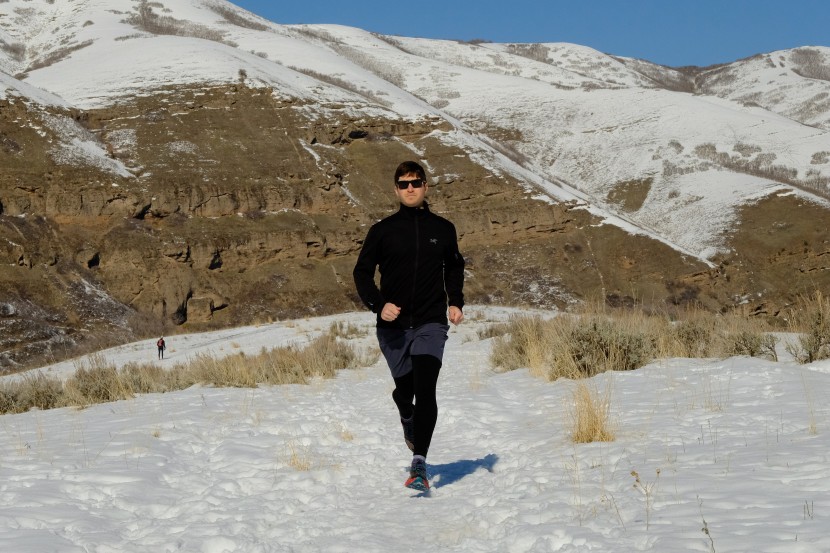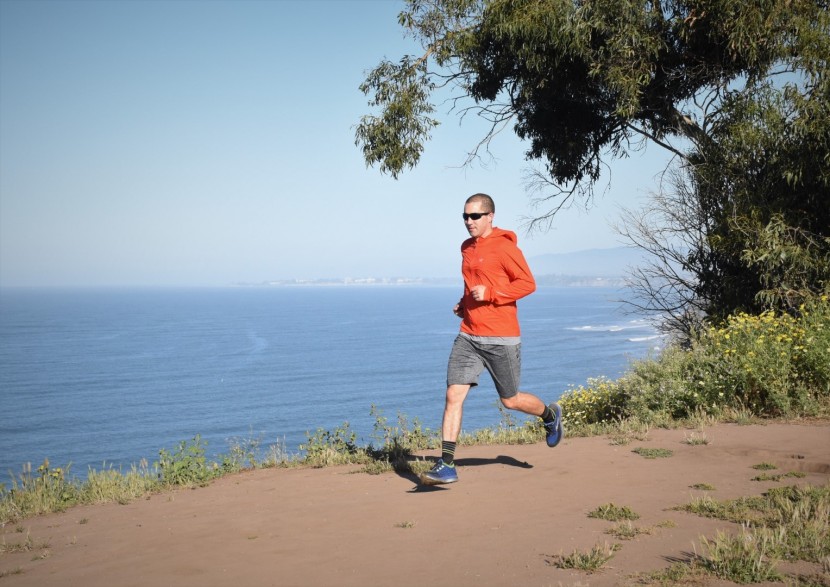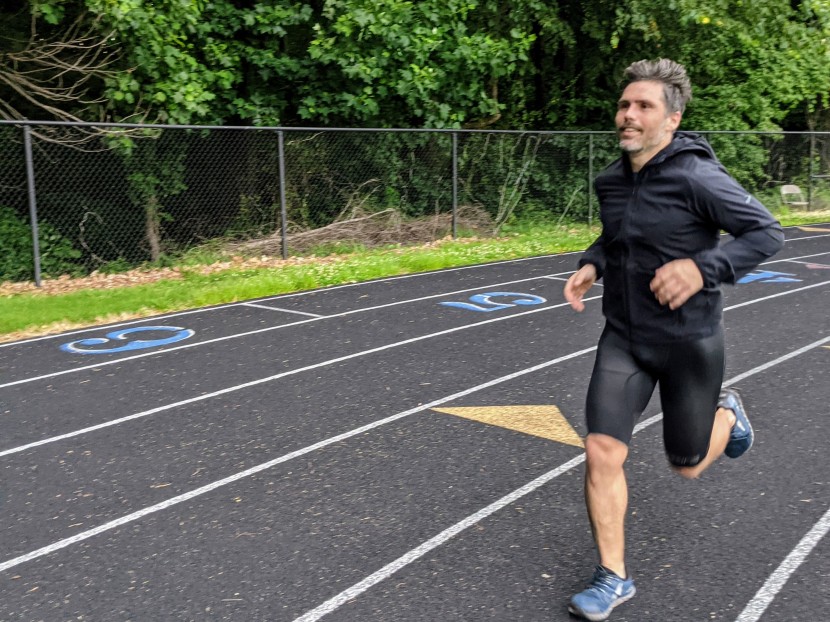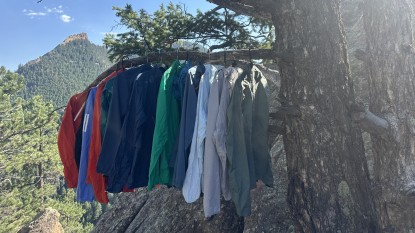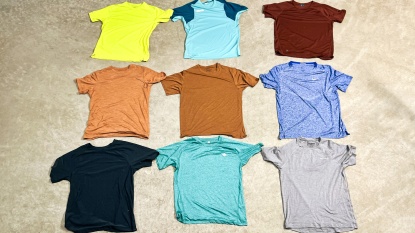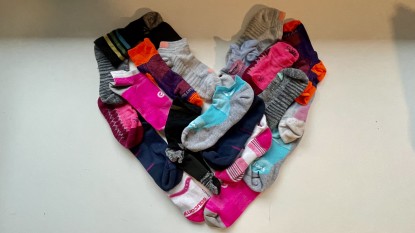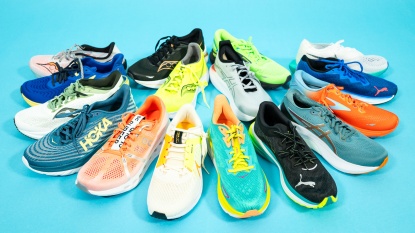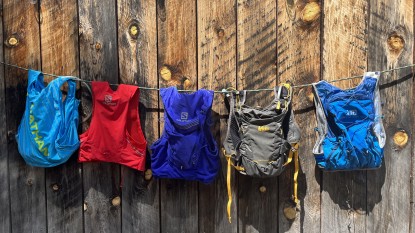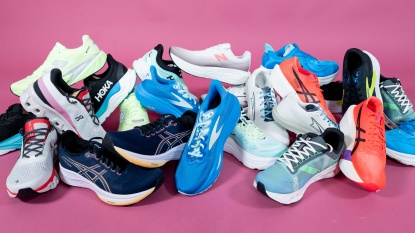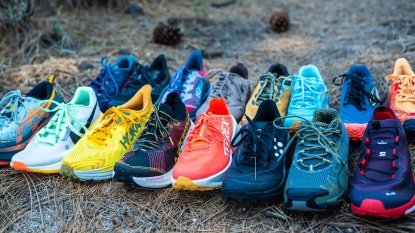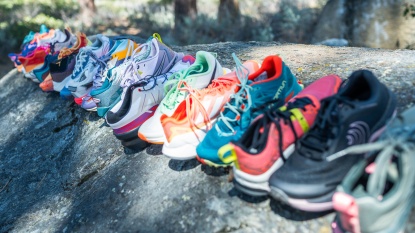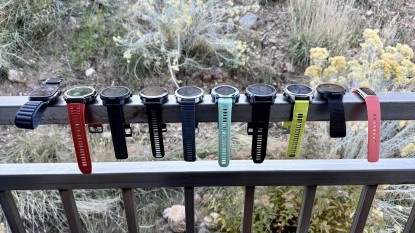Are you looking for a new running jacket? In this article, we'll help you select the best model that suits your running style by walking you through the process of identifying your needs as a runner. We'll evaluate the different features to look for, as well as the similarities and differences between specialized running jackets and other types of outerwear.
After testing dozens of the top-rated and most popular models throughout the past several years through rainstorms, freezing temperatures, high wind, and just about everything else nature could throw at us, we have a clear idea of the best products available on the market. We've tackled hundreds of miles across both urban and backcountry environments in order to bring you the most helpful information possible. Continue reading to learn what to look for when hunting for your ideal jacket.
A lot has changed in running jacket technology over the past decades. From the stiflingly hot polyester track suits of the '90s to the proliferation of lightweight (but often still stiflingly hot) waterproof materials in the early '00s, to today's breathable and highly weather-resistant ultralight synthetics. These days, the only reason a jacket should cause you pain is from sticker shock. There are so many options out there from so many sources meeting just about every need, from comfortable to rugged to waterproof to fashionable, in any combination you want.
But that same proliferation makes it harder to find exactly what you need. There are literally hundreds of running jackets on the market from boutique brands to big names like Nike and Brooks. How do you navigate the sea of products and find the jacket that's just right for you?
Characteristics of a Running Jacket
There are plenty of ways to break down the quality of a jacket, many of which are important to jackets of all types. But running jackets need to excel in very specific ways that, for example, a normal winter jacket or a parka does not. In determining the metrics of success for the jackets we test, we've singled out four factors that we feel are the most important in judging the performance of a running jacket in particular.
Venting and Breathability
Breathability is the most important aspect of a running jacket for most users. Jackets intended for lower-intensity or non-aerobic activities can get away with having bad venting and moisture transport. But running is a high-intensity exercise: no matter how cold it is, your body temperature will rise, you'll start to sweat, and you'll need a way to get that sweat evaporated and away from your body. A good jacket will allow enough airflow through to carry that moisture away while still protecting you from the elements.
No matter how protective a jacket is, if it restricts airflow or doesn't allow heat and moisture to dissipate, you'll run into problems. In mild weather, since the evaporation of sweat is part of your body's natural cooling system, preventing evaporation undermines your running efficiency and performance. In more extreme weather, moisture gathered beneath a layer can drastically lower the insulating value of your jacket, and that can become dangerous. A breathable and well-vented jacket helps regulate your temperature and keep you as dry as possible.
A jacket's breathability depends on its materials and construction as well as any additional built-in ventilation features. Some materials, like the DriLayer Seal material on the Brooks Canopy, are highly air-permeable, providing air circulation within the jacket to take away moisture. Because different parts of the body create heat and moisture at different rates, other jackets like the Editors' Choice Arc'teryx Incendo provide mesh panels in strategic areas. This is an efficient way of targeting problem areas while protecting others. Other models provide extra ventilation with integrated vent flaps that overlap the fabric, double zippers that allow for a controlled opening of the jacket, or a chest snap that keeps the jacket from becoming a parachute when running with the front zipper open.
Weather Resistance
A jacket should, practically by definition, protect you from the weather. Otherwise, why would you wear it? If a jacket doesn't protect you from the elements, it's not really a jacket. As a runner, you can think of your jacket as a tool that allows you to run more often and more comfortably. As a competitor, your jacket is your key to not letting bad weather ruin your training regimen.
Most of the jackets that we tested provide a Durable Water Repellent (DWR) coating to resist light drizzles and early morning dew. DWR coatings make water bead on the surface of the garment but do not make the garment waterproof. This technology performs reasonably well and has the benefit of adding weather protection to a single layer of fabric. However, it does require some maintenance. DWR finishes wear off over time; you'll need to use a special wash and then reapply the DWR coating (which can be found as a spray-on or wash-in product).
The most weather resistant jackets in our lineup have fully waterproof membranes, like the GORE-TEX Shakedry on the Arc'teryx Norvan SL and the H2No material on the Patagonia Storm Racer. These options perform much better in wet weather than jackets simply treated with a DWR coating, but sacrifice a bit of breathability to do so.
Another important goal for a running layer is to find a jacket that buffers the wind and keeps it carrying too much of your body heat away. As with water resistance, wind resistance also lowers the breathability of the jacket, so there is always a balance to be found. We recommend checking our the best windbreakers from our review if you are looking for something that is completely windproof. While offering substantial wind resistance is desirable, the real goal with a running layer is to find something that balances wind resistance with ventilation.
In general, you should look for jackets that maximize wind protection in places hit directly by the wind, such as the chest and outer arms, while maximizing ventilation in the areas that are shielded from the wind or which produce the most heat (like the back and underarms).
Comfort and Mobility
Comfort and fit are deeply personal. Everyone's shape and preference is just a little different. Still, there are best practices a designer can follow to make the jacket more comfortable for more people, and these are the elements we attempt to pinpoint in our reviews. Features like soft, comfortable materials with some elasticity and gusseted, body-mapped panels are indicators both of quality and potential comfort in a jacket.
Even with all the quality checks in the world, the main judgment on a jacket's comfort will come in wearing it. Running jackets have more variance in size and cut than many other garments we've tried. Even brands with a very signature cut tend to go a little wild trimming out their running jackets for willowy runner builds. We recommend trying on a running jacket before buying whenever possible. If buying online, make sure you can return a jacket if it arrives and just doesn't fit your body.
When evaluating a jacket, there are a few things you can do to check for initial pain points that may become real problems over time. Note any tightness or places where the cut is too short or long, like in the arms or hem. Lift your arms over your head to make sure the jacket doesn't ride up, as the natural shoulder movement of running will cause a shorter jacket to ride up over time. Try to bend over to lace up your running shoes, or reach around behind you as if to get something out of a pack, and note any resistance the jacket gives. Flex to see if the jacket strains at any point. If you intend to run in very cold weather, ensure you can fit a layer underneath the jacket and perform all the same tests.
These are some of the tests we do when trying on jackets for our tests. The best jackets in this metric are so comfortable and mobile you can forget you have them on. That happened several times with the Brooks Canopy while writing these reviews. The lightweight Patagonia Airshed Pro was another jacket whose materials and construction worked together to give it that worn-in-tee-shirt level of comfort.
Since running is such a high-intensity activity, the fit of a running layer is very important. Ultimately, we can't tell you what will work for you. We can say that for us, there were standouts both among the snug performance fits and looser, casual fits. If you prefer one or the other, you'll be able to find a winner in both camps.
Portability
Being able to pop your jacket on and off quickly and without excessive effort is critical. Many of the jackets we tested pack into cleverly sized-and-shaped storage pockets with double-sided zippers or drawstrings, making them easy to hide away in a running pack or backpack. Other jackets, with less portability, neglect double-sided zippers or have storage pockets that aren't correctly sized for their jacket. Obviously, finding a jacket that suits your running style and needs is critical, but portability can mean the difference between actually bringing the jacket along or not.
Though there are outliers, in general, the packability of a running jacket goes up as its weight goes down. Flyweight single-layer jackets that don't have waterproofing like the Arc'teryx Incendo pack down not much bigger than (and even lighter than) a baseball. Heavier multi-layer waterproof shells, like The North Face Flight FUTURELIGHT have a harder time packing down, as the material is stiffer and less amenable to being compressed.
That isn't always a bad thing, though. In the kind of weather that necessitates the heavier layers, it's also less likely you'll be frequently donning and removing them. When running in the heart of winter, fat biking, or cross-country skiing, we keep our jacket on the entire time, making packability irrelevant. The moody shoulder seasons when weather can change in an instant means prioritizing protection over portability.
Running Jackets vs. Other Types of Outerwear
Running-specific jackets have several features that overlap with other types of outerwear categories. Theoretically, you could run in any type of jacket, but there will be some sacrifices. A jacket is a purpose-built piece of technology, and the purpose it is built for determines the form and features it has. Other types of jackets may provide optimum performance in the task they were designed for, but will likely lack either features or performance specific to running.
Running vs. Rain Jacket
Rain jackets, unsurprisingly, prioritize keeping the wearer protected from outside moisture above all else. At this specific task, they will usually outperform even much more costly running jackets. Rain jackets can get away with comparatively little venting, and can use materials that either breathe poorly or not at all, as the wearer isn't expected to be involved in heavy aerobic activity.
Rain jackets also tend to be heavier in general, and lack packability features like a stuff sack. Because of their increased weight and generally thicker, bulkier construction, comfort can become an issue in repetitive activities like running. Running jacket designers go through a lot of work to smooth out high-friction areas like the underarms and upper back, and redesigning fabric cuts to move seams away from chafing areas. Nothing shows this attention to detail more than attempting to run in a heavier jacket where no thought was put into running-specific motion.
Running vs. Softshell Jacket
Soft shells are jackets made of a stretchy, woven material, often with multiple layers. Unlike many insulated jackets or mid-layers, they're intended to be worn as a weather-resistant outside layer (or shell). Unlike fleeces, soft shells tend to have a tightly-woven DWR-coated face fabric that does a fair job of keeping light moisture out, as well as protecting the jacket from cuts and scrapes. Until last year, a softshell was a staple of our Best Winter Running selection. A good softshell is warmer and often just as breathable as an ultralight shell.
Soft shells tend to be heavy when compared with their traditional shell counterparts. Last year's Best Winter Running softshell was almost four times the weight of our lightest shell and twice the weight of our heaviest. And packability isn't really an option with most soft shells, as their multi-layer design and heavy face fabric really don't lend themselves to compression.
Even so, soft shells can still be very competent running jackets, and there are companies out there making good running-specific soft shells. Still, many companies have moved their soft shells out of their running line, moving them over to hiking or trekking, and replacing them with highly breathable fleece or base layers intended to be layered with ultralight shells.
Do You Need a Running-Specific Jacket?
Depending on the climate in which you live and typically run, your personal comfort level in and tolerance of different weather conditions, and your running style and performance goals, you may be wondering if you really need a dedicated running jacket. After all, running is one of the simplest and least equipment-intensive activities that humans perform. Theoretically, we could run in any type of clothing in any weather conditions.
If you live in a warmer climate where it's always t-shirt weather, or you're a casual or beginner runner who doesn't mind staying inside when it's raining, then you may not need a running jacket at all. However, if you typically run in a more varied climate, or you're curious about expanding your training into all types of weather, running-specific jackets are incredibly versatile layers that can keep you surprisingly dry and comfortable in adverse weather conditions.
Likewise, if you're already a hiker, climber, or skier who only occasionally runs and you already have an assortment of base layers, mid-layers, waterproof jackets, and insulated jackets, you'll probably be ok running in whichever of those layers suits the current weather conditions. Remember that each of these individual garments probably excels as one piece of an overall layering system, and may not perform as well on its own. Running is usually done at a higher intensity than many other activities, and will expose the vulnerabilities of any piece of clothing or equipment.
If you regularly head out for your run regardless of whether it's windy, cold, raining, or snowing, then a dedicated running jacket will be the best option for keeping you comfortable. These garments do a great job of balancing weather protection, breathability, comfort, and mobility, and do so in amazingly lightweight packages that won't slow you down.
Conclusion
Are you looking for a running layer to wear nearly all the time during cooler weather regardless of rain or wind? Then you'll want your jacket breathable and well-vented. If the jacket isn't highly breathable, you will remove it as soon as you start to sweat. After selecting a breathable jacket, take into consideration what your primary running climate will be. If you live somewhere like Seattle, you probably want the most water-resistant jacket you can find. Keep in mind that as weatherproofing goes up, breathability and venting tend to go down — and vice versa. After selecting a breathable and weather-resistant jacket, you need to dial in the comfort and fit. Don't be afraid to send a jacket back that isn't right. If it doesn't feel good and isn't comfortable for your frame, you aren't going to wear it. Finally, if you have two jackets that appear equal and can't make a choice, pick the more packable option. When you do remove the jacket, having something that stows easily can go a long way in your overall satisfaction with the product.

